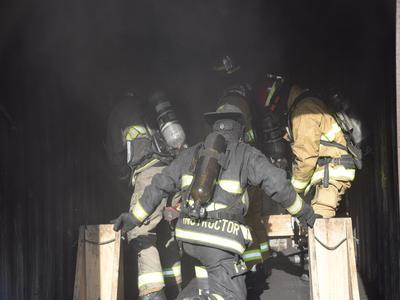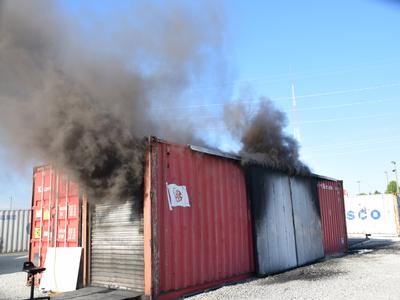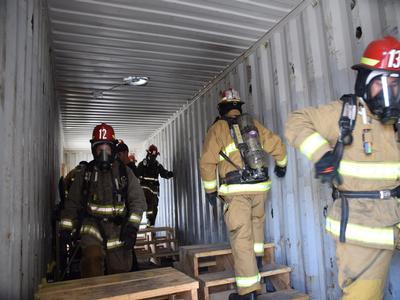Protection from Chemical, Thermal, and Cardiovascular Risks: Impact of PPE Laundering and Hood Design
Summary
Funding provided by: Department of Homeland Security, United States Fire Administration-Assistance to Firefighters Grant Program: Fire Prevention and Safety Grant
In recent years, the US fire service has become acutely aware of the limitations of some components of their personal protective equipment (PPE) and particularly for the need to clean PPE after fire response. However, there exist limited guidance on how often PPE should be laundered vs deconned and how effective PPE cleaning remains after multiple washes. Concern about potential material damage from laundering may also impact safety features that provide critical protection from fireground risks (heat, contaminants). Finally, the hood has been identified as a location in the PPE ensemble where contaminants may penetrate and come in contact with the firefighters' skin. Industry has introduced new technology to address this issue, though important questions remain regarding effectiveness or durability to exposure/laundering.
In this study, we advance the understanding of firefighter PPE protection and the effects of cleaning measures after realistic fire exposures. Our team has developed, tested, implemented and begun reporting on a new technique for exposing mannequins to a repeatable smoke exposure using typical household furniture. This same exposure prop was designed to include a Firefighter Activity Station (FAS) that allows human subject trials to characterize the relative impact of repeated cleaning and hood technologies on firefighters’ activities and the development of heat stress.
Data collection has been completed for this project and analysis is currently underway.
Related Projects
- Cardiovascular and Chemical Exposures during Fire Training Scenarios
- Revolutionizing the Protective Hood: Particulate Protection, Cleaning Effectiveness, and Training Demonstration- North Carolina State University lead
- Evaluation of Dermal Exposure to Polycyclic Aromatic Hydrocarbons in Firefighters - NIOSH lead


